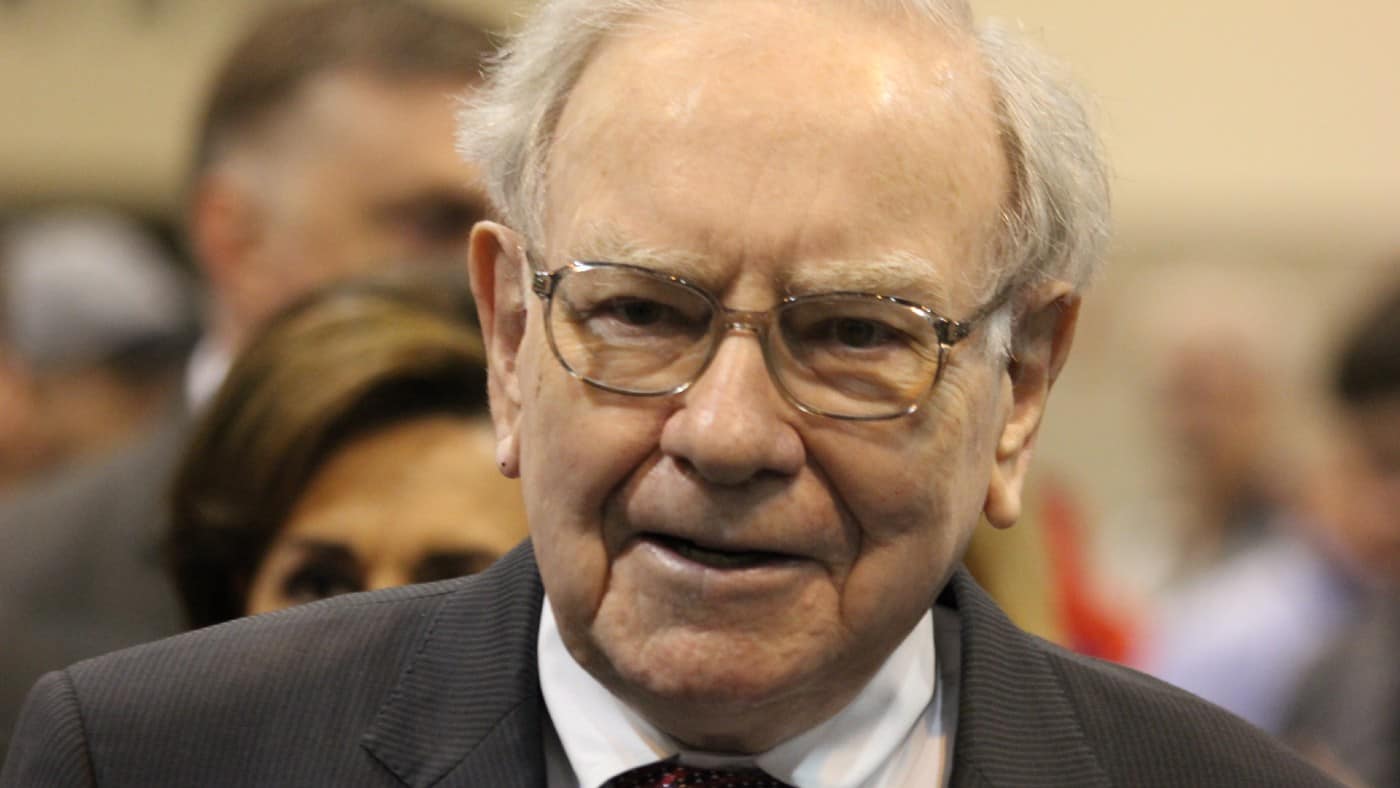Given that investor Warren Buffett is now in his nineties, he’s certainly seen a fair number of stock market crashes in his time. I think that has helped him to refine his investment strategy, as he has deep experience in navigating difficult market conditions.
I believe I can learn from Buffett when it comes to turning any stock market crash to my advantage as an investor. Here’s how.
Buffett on good times and bad
After the global financial crisis, Buffett set out some of his thinking in his 2008 shareholders’ letter. He noted that he and his partner simply focussed on four goals “in good years and bad”. He freely shared those four goals with readers.
One of them was “acquiring and developing new and varied streams of earnings”. In the case of Buffett’s company, Berkshire Hathaway, some of those earnings come from shareholdings, as well as wholly owned businesses. I think that advice is helpful when it comes to considering my own investment strategy in any market crash.
New streams of earnings
I value a company based on what I expect its future earnings potential to be, relative to its share price.
For example, yesterday I thought Lloyds was good value for my portfolio because of its future earnings potential. I don’t see a difference in its earnings potential today. But the Lloyds share price has been pummelled in today’s trading. So, I now have the opportunity to buy Lloyds for cheaper than yesterday, even though I think its future value is unchanged. Of course, maybe I’m wrong about its future earnings potential — a bleaker economic outlook could hurt bank earnings, for example. As an investor, I must decide whether I think a share price fall is overdone relative to its intrinsic worth.
Those are the sorts of opportunities a stock market crash can throw up. While investors dump shares and their prices fall in response, I have the opportunity to pick up quality companies for my portfolio at a lower price than yesterday. That gives me an opportunity to add new streams of dividend earnings to my portfolio. Specifically, I can look for attractive dividend shares whose price falls have pushed up their yield. M&G, for example, currently yields 9.6%. That’s already attractive to me. But if I had bought it during last March’s stock market crash, I would now be earning a dividend yield of over 16%. That sort of opportunity doesn’t come along very often.
Varied streams of earnings
The second part of Buffett’s goal is also good food for thought in a market crash.
Buffett emphasised the importance of developing a varied stream of earnings. I see multiple benefits to that approach, including helping smooth out my passive income when some industries spend time in the doldrums. But a key one for me as an investor is risk management. If I vary my streams of earnings by investing in different companies and business sectors, I can reduce the risk to my portfolio of any one company or sector plummeting. As we see in a market crash, even great companies can see their share price suddenly collapse. That’s why I value diversification so much.
A market crash gives me the opportunity to improve the variety in my portfolio by picking up hard-hit quality shares at fire sale prices.
